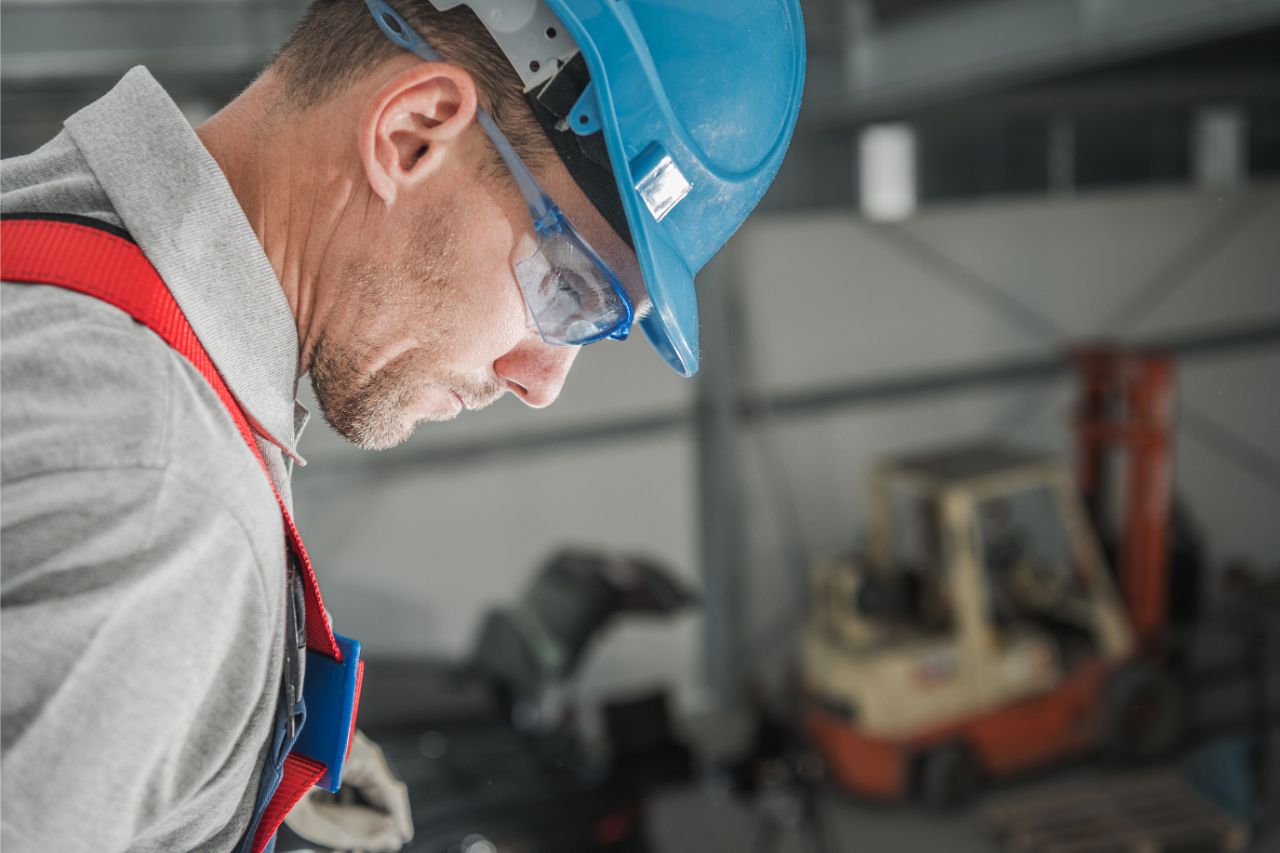
Depending on the nature of the job and working environment, there are a number of eye hazards you should look out for. Eye accidents can happen at work due to solid projectiles, chemical splashes, radiation, or bloodborne pathogens. This can lead to serious injury, temporary vision loss, blindness, or infection. That’s why other than safety helmets, gloves, or coveralls, you might also need eye protection gear. If you’re interested, contact a safety equipment supplier in the Philippines. Other than that, keep on reading to know the jobs that require eye protection.

Workers involved in medical lab work, surgery, or nursing are at higher risk of transmission of bloodborne pathogens such as hepatitis or HIV. Viruses and bacteria can also cause conjunctivitis or pink eye.
Other than open sores, cuts, acne, or abrasions, infected bodily fluids can also be transmitted through the nose, mouth, and eyes. This happens through blood splashes or direct exposure to respiratory droplets due to coughing. Health workers may accidentally touch their eyes with contaminated fingers too.
That’s why eye protection gear is recommended as a part of the personal protective equipment for most healthcare workers. This comes in several forms—such as goggles or face shields.
Goggles have molded side shields and nose bridges to minimize gaps and offer better protection against splashes from different directions. On the other hand, face shields act as a shield not just to the eyes but the face as well. It’s recommended to pair these two with face masks for protection to the nose and mouth as well.
From concrete dust, wood chips, tools, and more—construction workers are exposed to a variety of flying and falling objects in the workplace. That’s why it’s necessary to wear safety gear that can protect the head, hands, and feet.
Other than that, don’t forget to look for safety glasses that offer protection to the eyes too. When these objects make contact with the eyes, it could lead to irritation, injury, or blindness.
When purchasing safety glasses, look for products with ample impact protection. This will protect against objects that can fall or fly in the direction of the wearer, such as nails, chips, splinters, and metal fragments.
As some construction work is done outdoors, it’s also important to consider the environment and weather conditions. Windy surroundings can make it easier for construction dust to fly, causing eye irritation. In this case, you need safety goggles that protect the eyes from all sides.
Lastly, take the sunlight into consideration too. Long-term exposure to UV rays is harmful in the long run as it can cause cataracts. The glare can also cause lapses in vision and lead to accidents.

Welders are tasked to cut and join metals together through the use of specialized equipment that produces heat. This exposes them to metal debris, intense light, hot slag, sparks, and radiation.
That’s why welders need to wear flame-resistant jackets that protect their skin. Heat-resistant gloves are also a must-have because the tools are handled by hand. But since welders work closely with the metals, you can’t forget the welding helmet or safety goggles to protect the eyes and face.
Otherwise, this could lead to injuries from flying particles and chipped slag. Eye problems and photochemical burns from intense blue light, UV radiation, and infrared radiation are also possible.
A welder’s helmet is fitted with a filter shade to protect the eyes from the light produced when welding. Underneath, safety goggles should be worn too. This is useful when grinding a workpiece as it can act as a barrier against metal debris.
Manufacturing includes activities such as assembly, processing, and finishing of products. These tasks involve the use of machines, tools, materials, lights, and chemicals that can cause eye injuries. As the industry is diverse, choosing the right eye protective wear for the job might also vary.
Depending on the task performed, there are three types of hazards faced at factories. This could be projectiles such as dust, metal, or wood debris. Chemicals splashes are also possible depending on the product being manufactured. Other than that, there might also be equipment that makes use of light, so workers could be exposed to heat or radiation too.
When choosing an eye protection gear for the manufacturing work, consider the hazards on the site. For flying objects, impact-resistant safety glasses with side shields are recommended. But when working with chemicals, goggles are the only choice. Eye gear with filters against radiation and light is also available.
If you’re involved in these jobs that require eye protection, it’s a good idea to contact your safety equipment supplier today! This way, you and your workers can focus on the task at hand while minimizing the risk of eye injury due to flying objects, chemicals, bloodborne pathogens, or radiation.
If you’re looking for a safety equipment supplier that supplies eye gear, you can contact us here at Dels Apparel! We can also provide you with helmets, safety boots, gloves, and more.